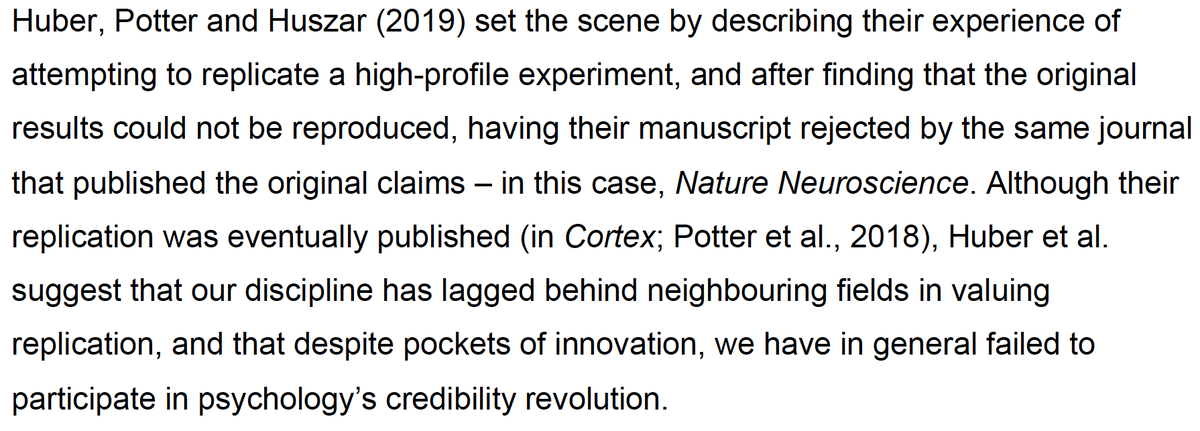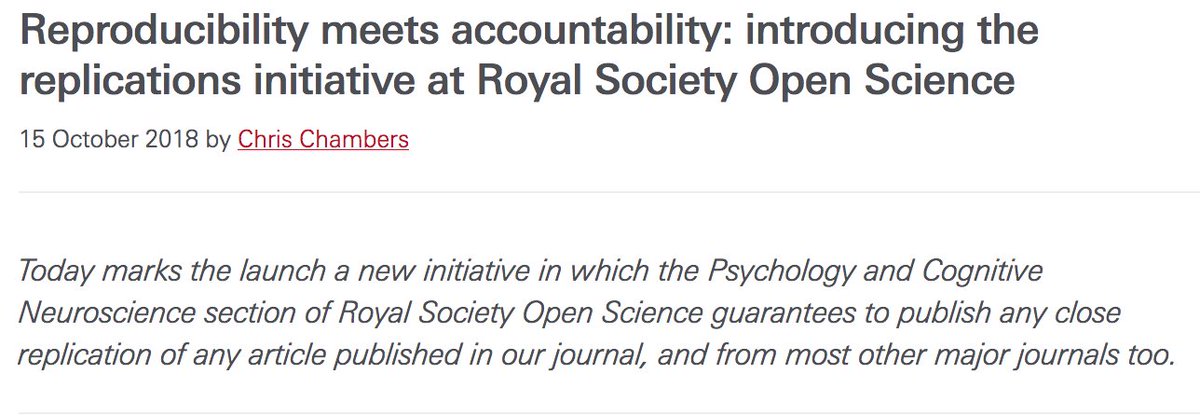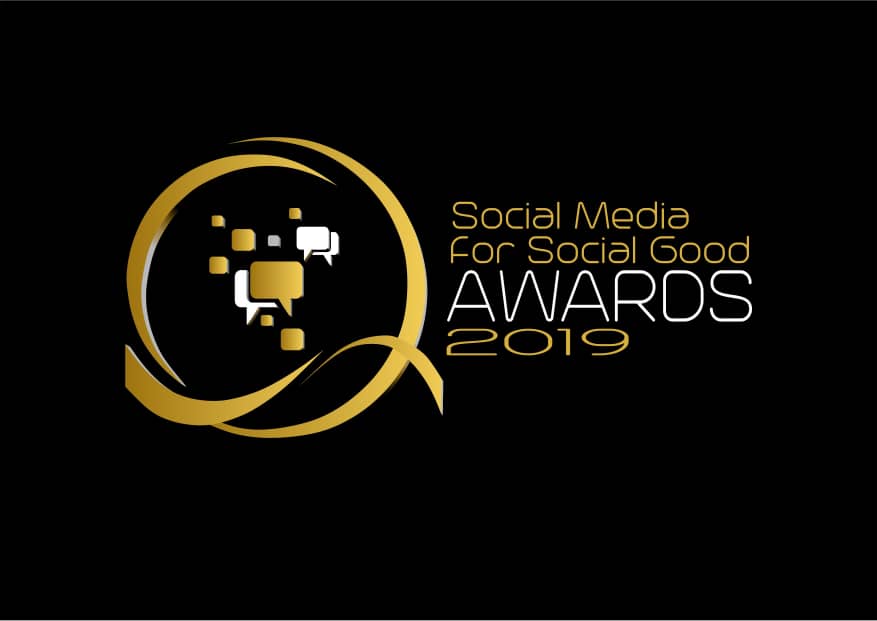Our latest foray was a real-world experiment on the news media itself.
We took press releases on health-related science, altered them before they were issued to journalists, and then studied what effect the changes we made influenced science reporting.
But I also want to take you behind the scenes of doing this sort of research because the project was a political roller coaster.
Otherwise, saddle up for some Sunday night thrills…
Our BMJ paper had just come out & a lot of people were talking about it. /34
How would you feel not knowing what the manipulation was? Not even knowing if this press release was part of the trial or not? /35
Here we were, mostly nobodies with no sci comm background, detonating a nuclear warhead in the BMJ telling them that most exaggeration in science news begins in press releases. /41
Join us.
Join us, or die.
Just kidding. Am I? Not sure now. /49
Tough crowd.
“Would you like to join our trial?”
/56
/57
And the fourth arm was our placebo or sugar pill – in this case, a synonym change unrelated to causal language (e.g. “beverage” changed to “drink”) /73
Lisa became involved in our work toward the later stages as a collaborator, & her work in this area (which dwarfed ours) was an inspiration from the beginning thelancet.com/journals/lance…
/fin









